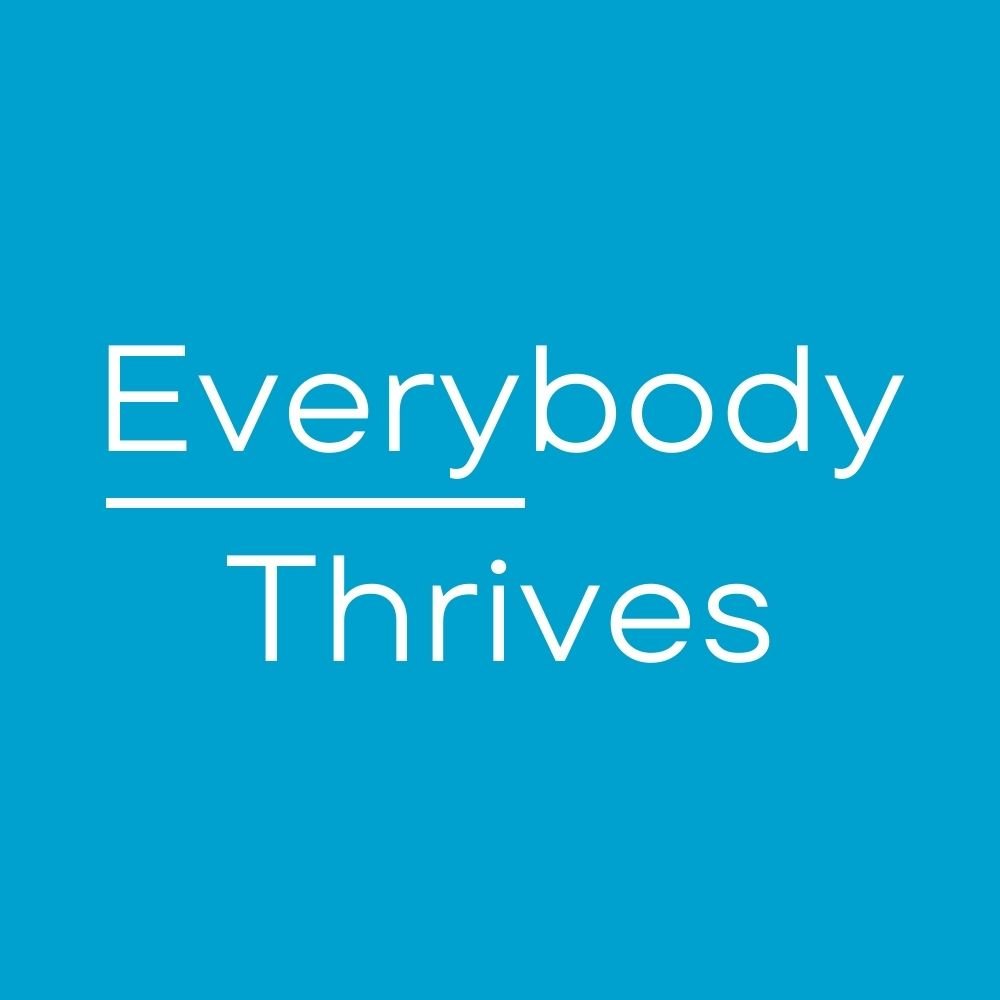Fast-forward a few weeks later and it's the same problem. Except this time my hot lava technique meets an untimely demise.
Me: Whoa, get up, you'll get burned! The floor is hot!
5 year old: No. It's not. (Reclining on the mat, like a seal basking on the beach).
Foiled by a five-year old! What just happened?
All fixed set patterns are incapable of adaptability or pliability. The truth is outside of all fixed patterns.
Bruce Lee
I made a rookie mistake. I relied on my hot lava technique because it found early success, not understanding the limits of its usefulness.
Here's the key - A technique only works when the current conditions allow it to tap into the underlying principle (or truth) that makes is work.
Technique: BE PLAYFUL by turning the mat into hot lava and getting the kids to stand up quickly.
Underlying Principle: When an activity is fun for a person, they are more likely to cooperate.
I'll be honest, I was stuck by the incontrovertible "it's not hot" rebuttal. If I could rewind time, I would have tried one of two things.
Option A: Realize that my hot lava technique was not fun in this moment and switched to something that would be more fun.
Option B: If I felt fun was not going to happen, switch to an entirely different tool that operates under a different principle.
suspect #2. An egotistical perspective on the effectiveness of a technique
Is it just me or does it seem like the prevalence of corporate PR disasters has been accelerating? And of course, with the screw up comes the obligatory apology.
This got me thinking, what makes for a good apology? Whether it is to an individual, to customers, employees or society, why are some apologies more effective than others?
Scott Galloway is the Founder of L2 and a Clinical Professor at the NYU Stern School of Business. In his LinkedIn article on crisis management, "No Mercy / No Malice: Re-Accommodated" he shares an effective Crisis Management algorithm.
It goes something like this:
- I @#$%'d up
- I'm sorry
- I'll work to prevent it from happening again
And generally speaking, this engenders the following Forgiveness algorithm.
- Yes, you @#$%'d up
- I forgive you
I can see this technique working so well so much of the time. But there is a trap we need to avoid when a technique works too well for us. The few times it doesn't work, you might start to blame the victim for not responding properly to your flawlessly executed technique (e.g., the Crisis Management algorithm). I mean after all, you did what you were supposed to do and that usually works, so now it's the other person's fault and problem.
We do this all the time. Have you been on the sending or receiving end of the following?
"Well, I apologized, okay? What else do you expect me to do? If you are going to continue to be upset or hold this against me, there's nothing I can do about that."
It's not what I do, it's what he feels.
Christian Tissier sensei
Something like this happens all the time in my own Aikido training. You execute a certain technique that you "think" you have mastered and so you expect a certain response of your partner. But for various reasons, chief among them you are not as good as you think you are, your partner doesn't respond the way you expect them to. Or worse, they don't respond at all! At this point, we've come to an important crossroads. You can do one of two things.
Option A: Get upset at the other person for not knowing how they "should" respond or even more infuriating, for knowing how they "should" respond, but refusing to do so out of spite.
Option B: Accept that your technique is not effective here. Accept that your partner is not responding because they are not feeling the things necessary to engender the desired response. Explore why this is happening and adjust.
"So how do I get back that old magic, Joe? Instead of telling why things don't work, how about some fixes?"
Glad you asked. Here are 3 EZPZ steps you can take.
3 STEPS TO IMPROVED EFFECTIVENESS
STEP 1. Forget about the specific mechanics of a technique and instead, connect to the principle that makes the technique work.
If you get hung up on executing the technique, you are missing the point.
Instead, use whatever techniques (even improvised ones) work by tapping into the underlying principle that makes a technique effective.
STEP 2. Let go of the perspective that people "should" be respond to your actions in a certain way.
If you get hung up on your expectations of how they should respond, your mind will be focused on that and miss out on important information.
Instead, release your expectations and simply observe your partner's reactions. Make necessary adjustments and observe what happens. Lather, Rinse, Repeat.
Learn from what is NOT working as much as what IS.
STEP 3. Practice, practice and more practice.
To truly master anything, you need to keep practicing the relevant techniques over and over again.
"But wait, a-ha! Gotcha! Just before you said, and I quote, "A technique has limited usefulness."
You are totally right. And repeating a technique over and over and expecting it to always work in the real world the same way is a losing approach.
What I mean is that by practicing a technique over and over again, the technique will start to reveal the underlying principles underpinning why it works. In other words, the practice is a door through which you must pass to reach the final destination - understanding the principle. Once you understand the principle, you can apply the principle across various scenarios, even ones that you have not practiced for or encountered before. Understanding the technique allows you to adapt to more situations and respond appropriately. You are free from the tyranny and limitation of a set number of techniques.
I hope this has been helpful or given you something to think about. If you try this and it work or even if it doesn't, I would love to hear from you!
Next post next Saturday, 6:30 a.m.







